Notification
Please fill in the information below
Urgent
BREAST CANCER: UNDERSTAND TO PREVENT EARLY
Breast cancer is one of the most common types of cancer in women worldwide. In Vietnam alone, according to 2022 data, breast cancer ranks first, accounting for 28.9% of all new cancer cases in women, with 24,563 new cases. Notably, the incidence rate of breast cancer in women under the age of 40 increased by 3-5% in 2023 because younger women are not a focus of screening programs and therefore tend to be diagnosed at later stages.
Breast cancer often begins in the milk ducts (ductal carcinoma) or lobules (lobular carcinoma). This is a malignant condition that occurs when breast cells proliferate uncontrollably and have the potential to metastasize to other organs in the body. Being well-equipped with knowledge about this disease will help women prevent it effectively.
Causes and risk factors:
Although the exact cause of breast cancer has not been clearly determined, some risk factors can be mentioned, including:
Age: The risk of developing breast cancer increases with age, especially after the age of 50
Family history: Individuals with a mother, sister, or daughter who has had breast cancer are at higher risk
Genetic mutations: Mutations in the BRCA1 and BRCA2 genes increase the risk of breast cancer
A personal history of breast cancer or certain benign breast conditions.
Prolonged exposure to endogenous or exogenous estrogen: Such as early menstruation, late menopause, and the use of hormone therapy after menopause.
Unhealthy lifestyle: Overweight, obesity, lack of physical activity, alcohol consumption, and smoking.
Measures for control and prevention of breast cancer:
Experts recommend that women should undergo regular screenings to detect diseases early for timely treatment. Screening for breast cancer when there are no symptoms will help save treatment costs compared to treatment when the disease has progressed, treatment method is simpler and has fewer side effects, with a higher possibility to preserve the breast.
Genetic counseling and genetic testing: For those with a family history of breast cancer, counseling and testing for the BRCA gene can help assess the risk of carrying genetic mutations and make decisions about more frequent screening, considering higher-level preventive measures.
Use of risk-reducing medications: Some medications such as tamoxifen or raloxifene may be used to reduce risk in women at high risk.
Preventive surgery: In some special cases, surgery to remove the breast or ovaries may be considered to reduce risk.
Close monitoring: Undergo regular screening measures to detect breast cancer early.
Women aged 40–54: Annual mammograms.
Women aged 55 and older: Mammograms every 1–2 years.
Individuals with a family history of breast cancer: Starting at age 30, annual mammograms combined with breast MRI are recommended.
Women under 40 with average risk: Regular self-breast examinations and clinical exams.
In addition, it is important to note the signs that require immediate examination:
The appearance of a lump or hard mass in the breast or armpit.
Changes in the size or shape of the breast.
Abnormal discharge or bleeding from the nipple.
The skin of the breast is dimpled, wrinkled, or red.
The nipple is inverted or has abnormal changes.
Measures to reduce breast cancer risk:
Avoid known risk factors: Limit alcohol consumption, do not smoke, maintain a healthy weight.
Increase physical activity: Regular exercise helps reduce risk.
Have children at the appropriate age and breastfeed: Giving birth before the age of 35 and breastfeeding may reduce risk.
Regular and proper screening: Adhere to a screening schedule appropriate for age and personal risk.
Regular self-breast examination: If suspicious signs are detected, seek medical consultation immediately.
Diagnosis by mammography and ultrasound: When a suspicious lump is found, diagnostic imaging methods should be performed to confirm.
Integrated treatment and care methods:
Depending on the stage of the disease, tumor characteristics, and the patient’s health status, the main treatment methods for breast cancer include:
Surgery: Removal of the tumor or the entire breast.
Radiotherapy: Using high-energy X-rays to destroy cancer cells.
Chemotherapy: Using drugs to kill or stop the growth of cancer cells.
Hormonal therapy.
Targeted therapy and immunotherapy are often used in combination and depend on the stage and biological characteristics of the cancer
FREE CANCER SCREENING WITH JAPANESE PROFESSORS AT AMERICAN INTERNATIONAL HOSPITAL (AIH)
In an effort to control and contribute to the fight against cancer in Vietnam, the American International Hospital (AIH) officially launched the program “1,000 consultation visits and 12 free surgeries for cancer patients” in 2025, aims to support patients with cancer or suspected cancer of the breast, thyroid, lungs, and digestive system by providing access to high-quality medical services right in Vietnam. Patients will receive health assessments, appropriate treatment plan consultations, and guidance on the next steps in their healing process. Notably, the program will support 12 cancer patients who are indicated for surgery to be treated for free.
To participate in the program “1,000 consultation visits and 12 free surgeries for cancer patients” in 2025 at AIH, patients can register through the cancer portal: ungthu.aih.com.vnor Hotline (028) 3910 9999.
--------------------
For checkup and consultation at AIH:
☎️Hotline: (028) 3910 9999
🌏Website: www.aih.com.vn
📍Address: (Entrance from 199 Nguyen Hoang Street) No.6, Bac Nam 3 Street, An Phu Ward, Thu Duc City, Ho Chi Minh City.
Search
Latest News
Our Doctor




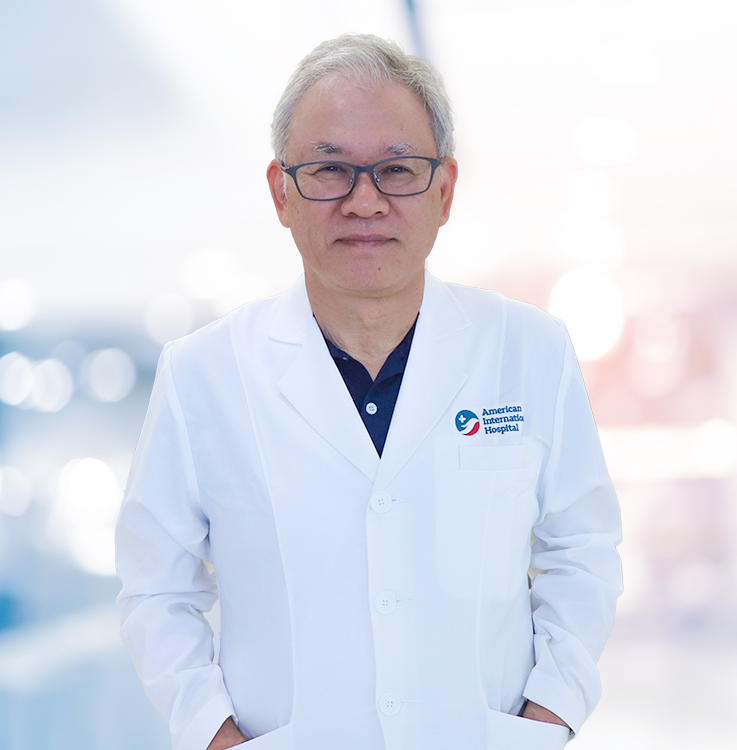
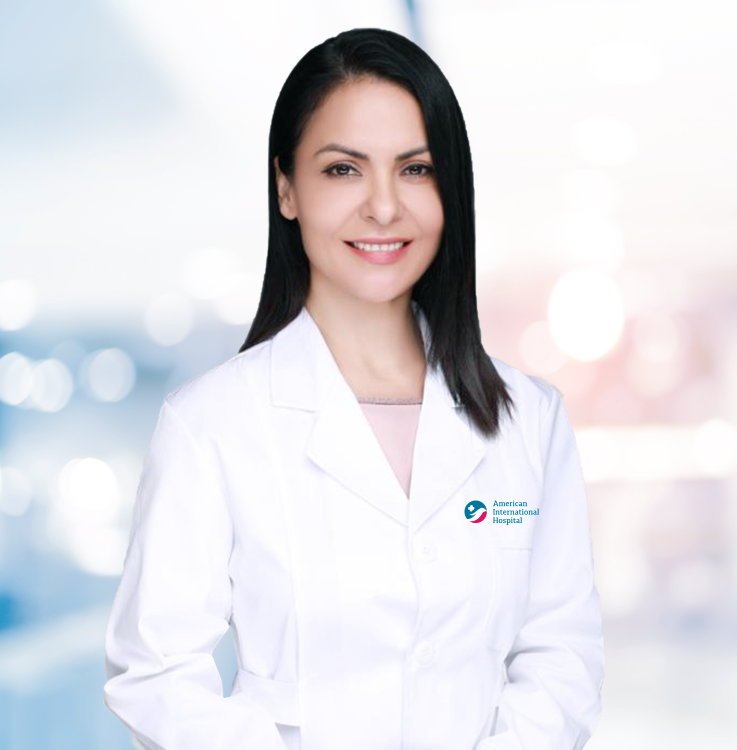


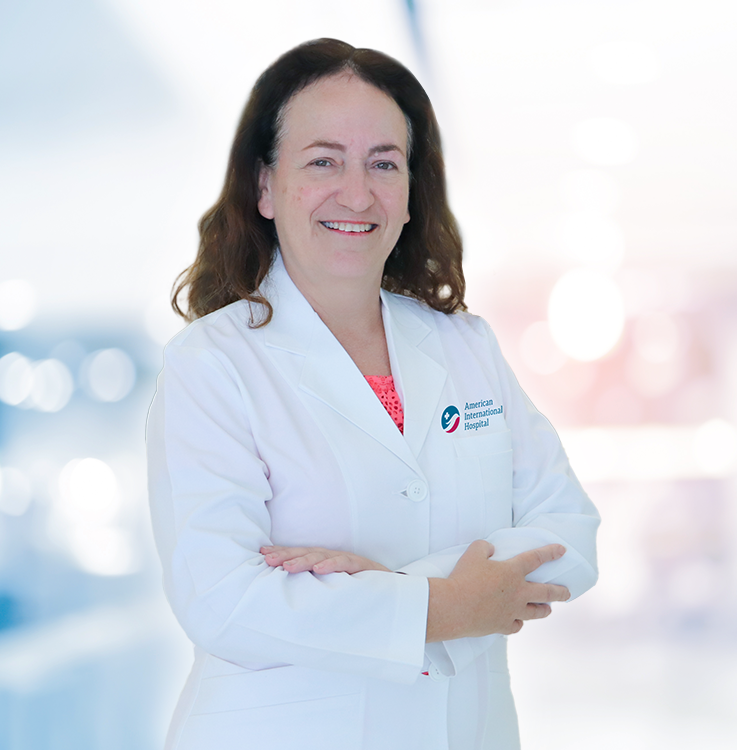

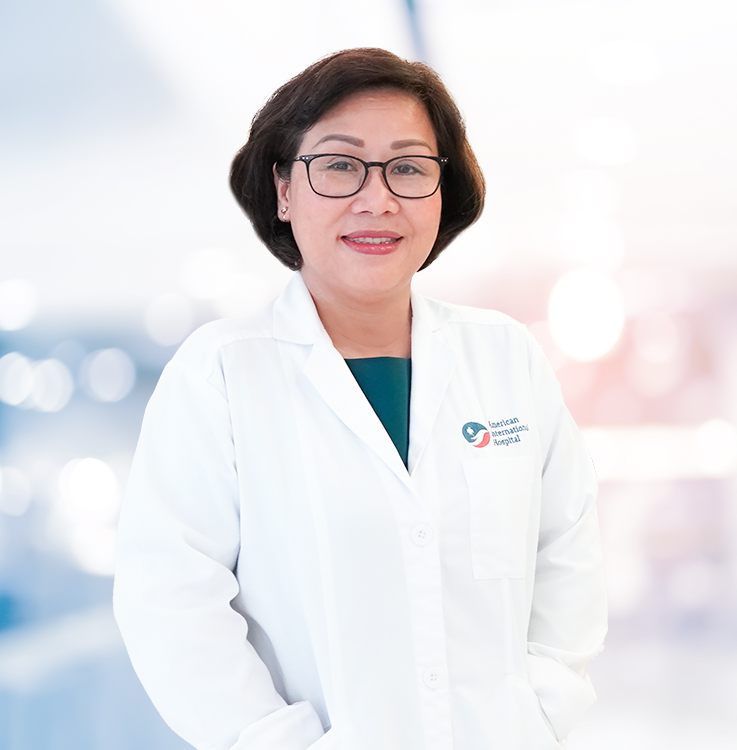
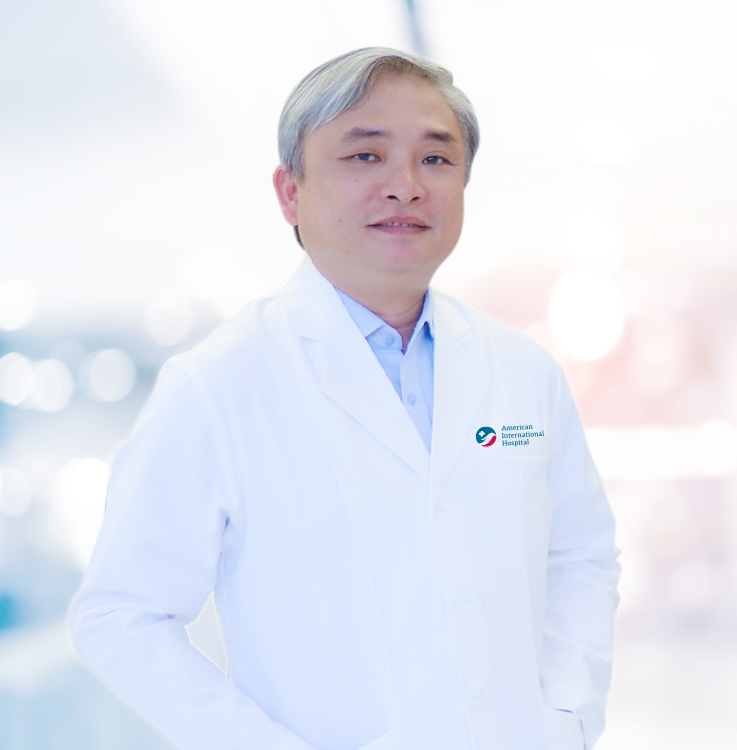











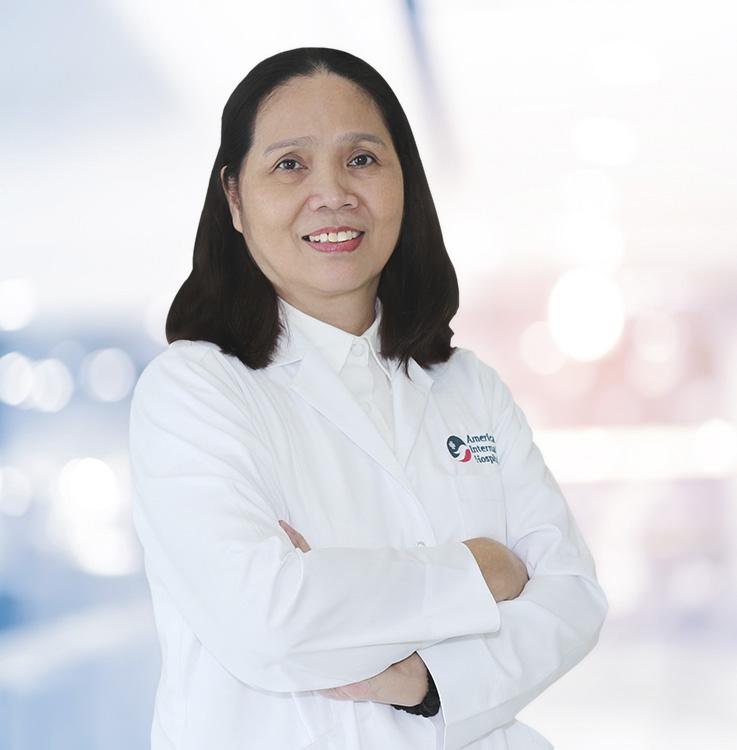

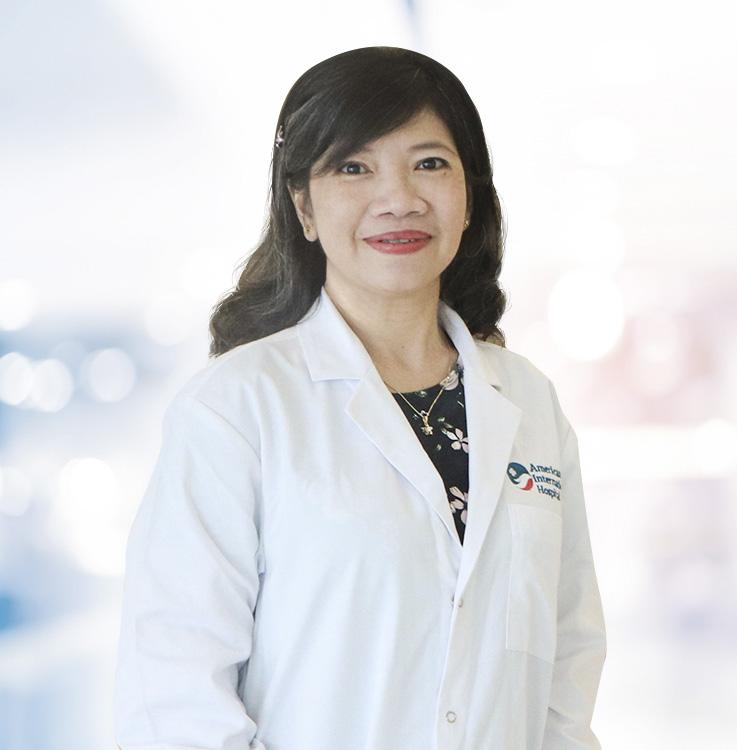
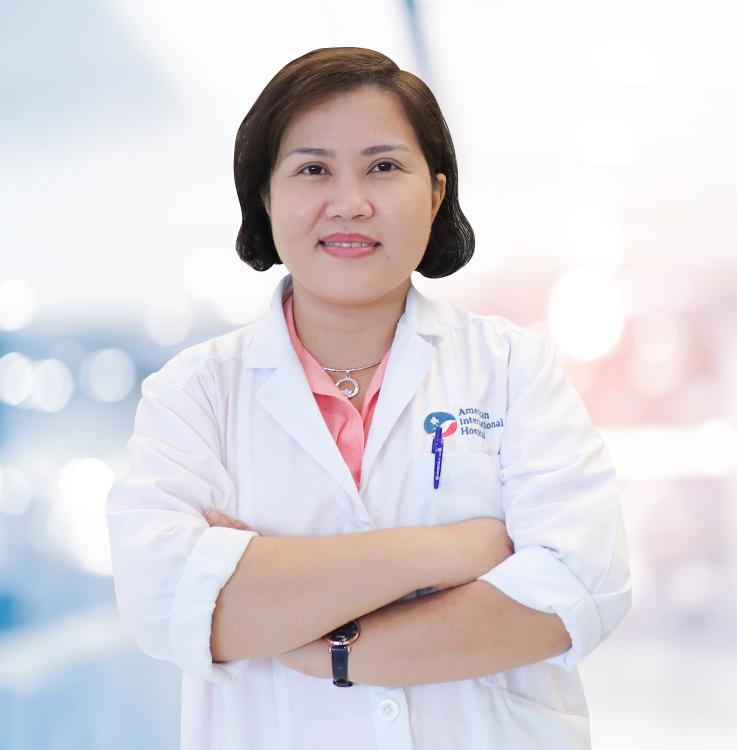





























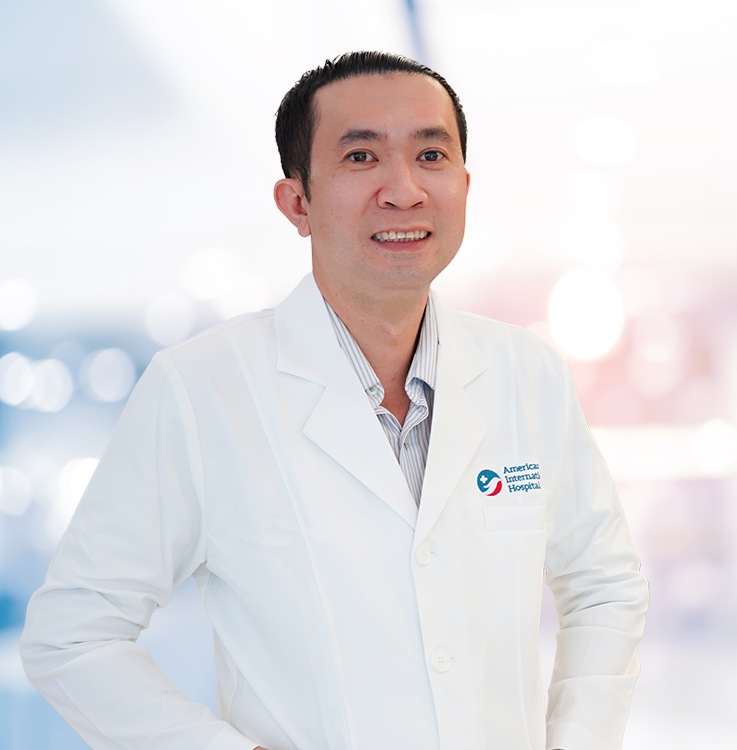








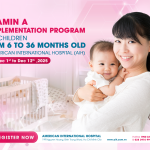
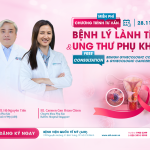

Leave a comment